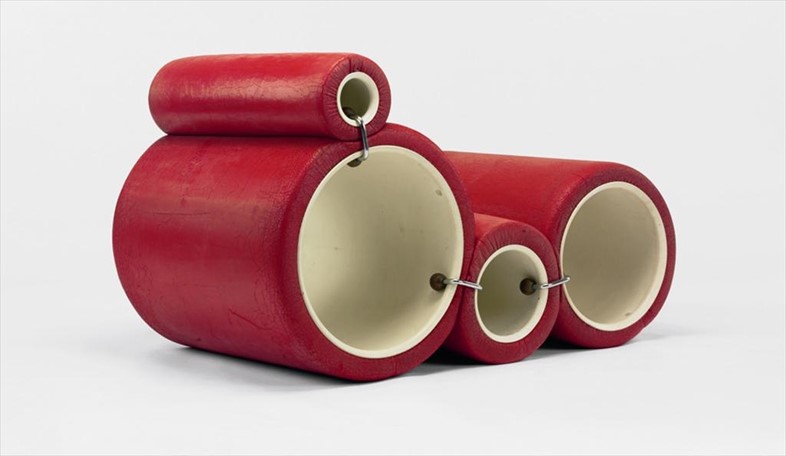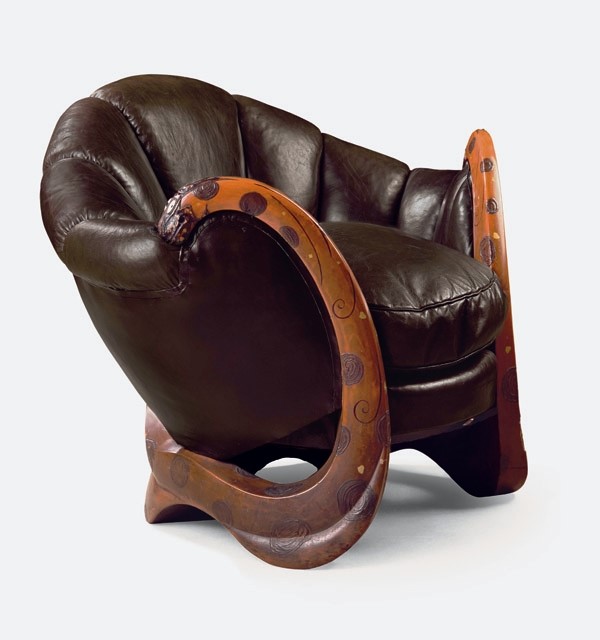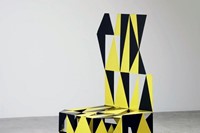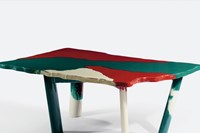Collecting Design is the latest book by the avid collector of art and design, Adam Lindemann. His previous book, Collecting Contemporary, was a comprehensive guide to amassing contemporary art from the perspective of one of the practice’s

Collecting Design is the latest book by the avid collector of art and design, Adam Lindemann. His previous book, Collecting Contemporary, was a comprehensive guide to amassing contemporary art from the perspective of one of the practice’s connoisseurs. Collecting Design is a similarly exhaustive guide to the world of rooting out design classics, which, he explains, is a vastly different pursuit from collecting art. From vintage pieces, to brand new limited editions, Lindemann navigates the market with insightful interviews with some of its leading figures, fellow collectors, dealers, and tastemakers, including Bruno Bischofberger, Barry Friedman, and Karl Lagerfeld.
What does your personal design collection consist of?
I like to follow my own path and create a mix of different things at home. Though I have some great deco anchors, as well as some contemporary, most of our furniture is designed by 1960s and 70s French designers like Paulin, Pergay, Guariche, Motte, Philippon and more.
What inspired you to start a collection and what was your first piece?
I first fell in love with a Paul Evans piece I discovered in a vintage shop. It was out of fashion, yet polarising and strong. His value soon took off and he is now well-recognised.
What is your most prized piece and how did you acquire it?
My prize is my Ruhlmann dining room set, bought at auction in Paris a few years ago. It is in original condition, done in red Chinese lacquer and seats 18. It’s a true dinosaur.
Your previous book was about collecting contemporary art, and your latest is about the collection of design. How do the two pursuits differ?
It's great to have both art and design, but the two have nothing in common, other than their aesthetic qualities. For the most part designers don't understand art, and vice versa.
How does what makes great art differ from what makes great design and do they have to be mutually exclusive?
They are totally separate and unrelated. Design is tied to functionality, art has none. Of course, we've seen design that doesn't function and art that does but nonetheless they start in different places and are not part of the same dialogue. Anything you've read to the contrary is gibberish.
What might people learn from reading Collecting Design?
So much, as did I. The 20th century was a breakthrough in design and art. There is so much to understand about our culture through these pieces.
What is a great starting point for people who want to start a collection?
There are so many auctions and dealers at every price, but I think it's best to furnish first and collect later. We all need furniture and it's best to start at home, where you can enjoy your collection every day.
Is collecting art and design about financial investment, or something more meaningful?
I always try to buy right, that's my personality. Often, these have been fair, good and even excellent investments, but I never start out thinking about money. If I see something and love it, I learn what it is, study it and decide if I can afford it. I don't think you can buy for investment if you don't have a feeling for what you are buying. The design market is broad and highly fragmented, it's not the best place to invest but it represents good value. These are pieces you can enjoy every day.
Text by Laura Havlin
Collecting Design is out now, published by TASCHEN.



